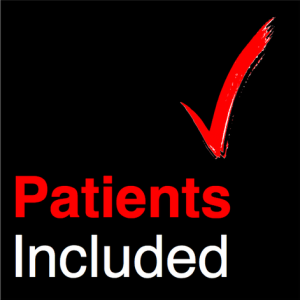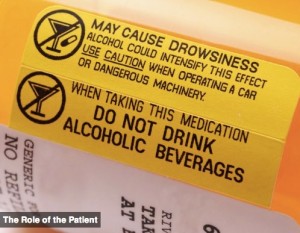
Vote us up! (Alicia Staley and me)
Click to visit our proposal on the site, register if you need to,
and use one of your votes for this awesome idea!
(Or all three of your votes. :-) It’s allowed.)
Have you ever seen the set of pills that have to be managed for a person with a slew of prescriptions? It’s nuts. What’s even more nuts is that with all we pay for healthcare and computers in this world, there’s no software anywhere that makes it easy to do the right thing. Let’s change that!
(I’m not complex at the moment (at least my prescriptions aren’t), but when I was sick I sure was. Farther down is the true story that gave me this idea.)
This is my submission for the “Blue Button CoDesign Challenge” that was sprung on us last Monday by the good folks at Health & Human Services, who are doing this radically modern thing – unusual for government, eh? They came up with a fascinating challenge and are opening it to the public, with prizes! For details you can check out the challenge site.
Here’s my proposal. Over the weekend I’ll flesh out this blog post with more details, but for starters Friday afternoon, here’s the big idea:
Build me a Blue Button enabled tool that….
… makes it easy to manage our frickin’ prescriptions and take the right pills at the right time!
My doctors’ computers know my prescriptions and when I’m supposed to take them, right? So do the pharmacies. And computers can mash up all kinds of information from different sources, and organize it, and display it clearly, right? So why do they make ME figure out when I should take what?
Let’s have an app that can read all my prescriptions, and organize them into times of day. Even better, it could print out my pillbox and add pictures of what goes in each square. Why not?? Isn’t that what computers do – make complex information easy??



